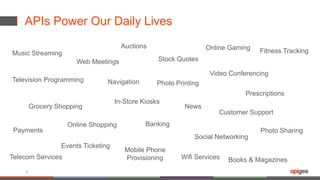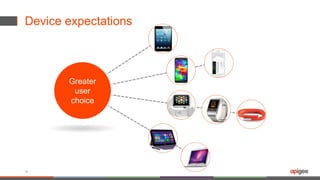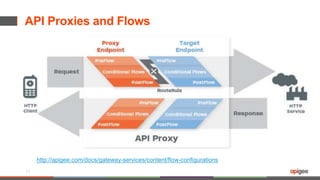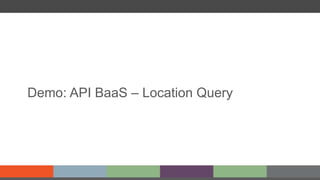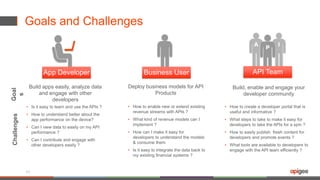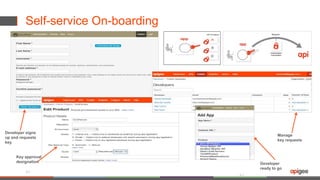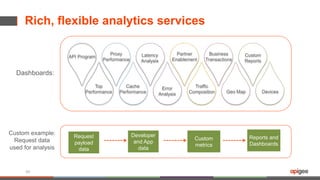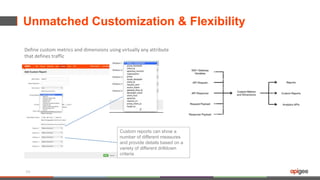Apigee Edge is a platform for API management that allows organizations to securely publish, monitor, and manage APIs. It provides API services including security, traffic management, analytics, and developer services. Apigee Edge handles the full lifecycle of APIs from development to publishing to consumption. It offers capabilities for access control, analytics, monitoring, documentation and more to help organizations maximize the value of their APIs.



